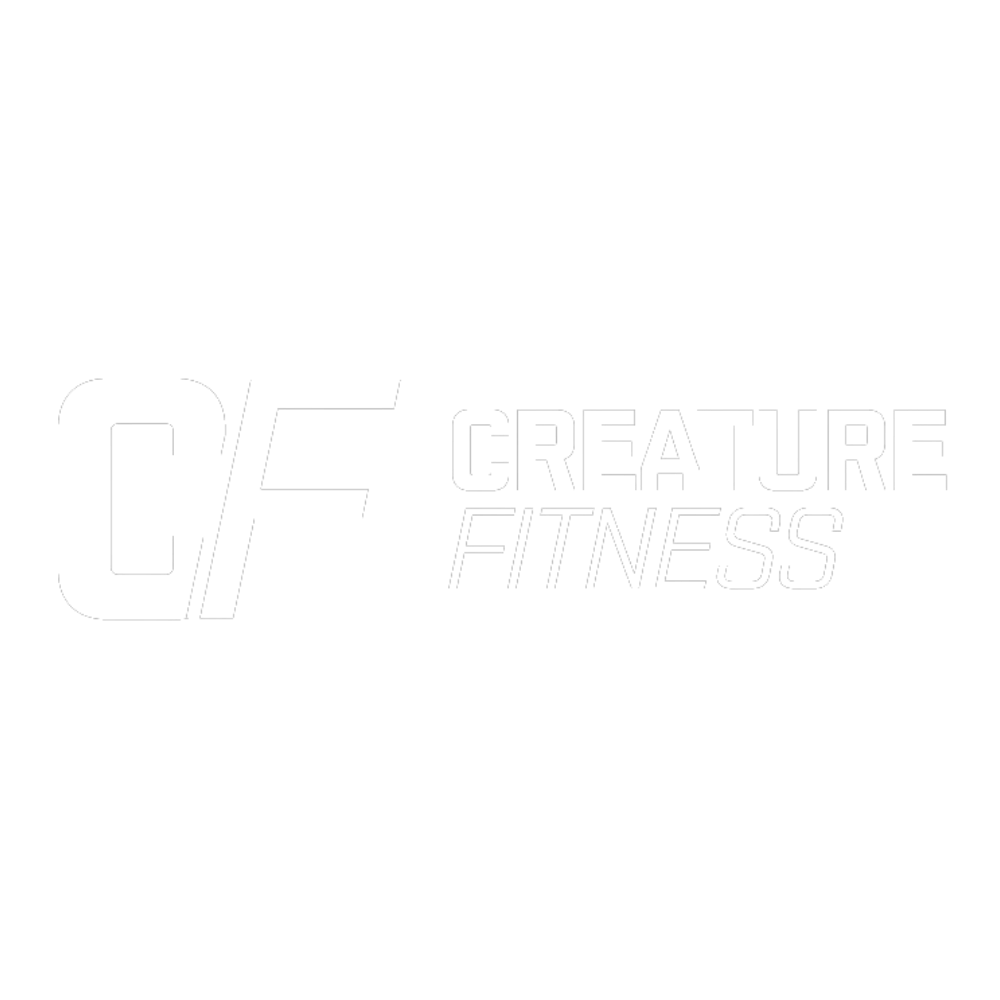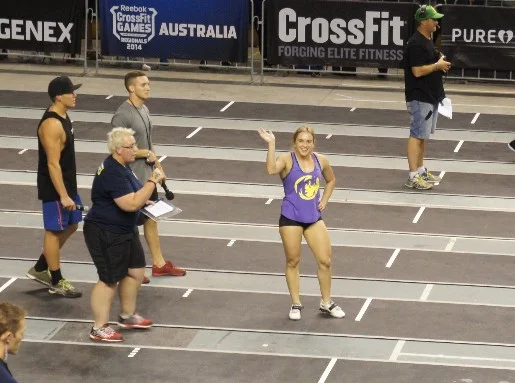The Gym Experience That Puts You First
In a world where fitness trends come and go, Creature Fitness stands out by offering a highly personalised approach to training. Unlike traditional gyms where members follow generic programs or get lost in overcrowded classes, Creature Fitness delivers a structured, goal-driven experience tailored to each individual.
What Makes Creature Fitness Different?
1. Small Group Training for Maximum Results
At Creature Fitness, classes are capped at six members per session, ensuring that every participant gets personalised attention while benefiting from the motivation and camaraderie of a small group. This unique hybrid approach blends personal training-level support with the energy of a group environment.
2. Tailored Programs for Every Member
Every member at Creature Fitness has a custom training program designed around their personal fitness goals, whether it’s building strength, improving endurance, or enhancing overall athleticism. Upon joining, each member undergoes a comprehensive assessment to create a program that is:
Aligned with their goals
Adapted to their current fitness level
Continuously adjusted for progress and performance
3. Tech-Driven Training for Smarter Workouts
Each session is supported by in-gym tablets, where members can access their individual programs, track progress, and get real-time guidance from coaches. This data-driven approach ensures workouts are not just effective but also efficient and measurable.
4. Balanced Strength and Conditioning Workouts
Creature Fitness follows a two-part training structure:
Strength Session – A personalised strength program designed to build muscle, improve mobility, and enhance overall fitness.
Conditioning Session – A high-intensity, structured cardio workout designed to boost endurance, torch calories, and build resilience.
The combination ensures that members train like athletes but in a way that’s sustainable and adaptable for everyday fitness levels.
Why This Approach Works Better Than Traditional Gyms
Unlike traditional gyms where you’re left guessing what to do, Creature Fitness removes the confusion by offering guidance every step of the way. There’s no wandering around figuring out machines or worrying about what exercises to do next—everything is structured and designed for results.
Benefits of Creature Fitness include: ✅ Faster progress due to individualised programming
✅ More accountability with small group coaching
✅ Less risk of injury thanks to expert guidance
✅ A motivating environment with like-minded members
Who is Creature Fitness For?
Creature Fitness is perfect for:
Everyday athletes who want structured training
Busy professionals looking for efficient workouts
Beginners needing expert guidance in a supportive setting
Experienced lifters who want an intelligent approach to progression
Join the Evolution of Training in 2025
With fitness trends moving towards individualised, tech-enhanced training, Creature Fitness is ahead of the curve. Whether you’re looking to break through plateaus, build confidence, or train smarter, this is the gym for you.
🔥 Are you ready to unleash your everyday athlete? 🔥
Sign up for a trial session and experience the difference at Creature Fitness.



